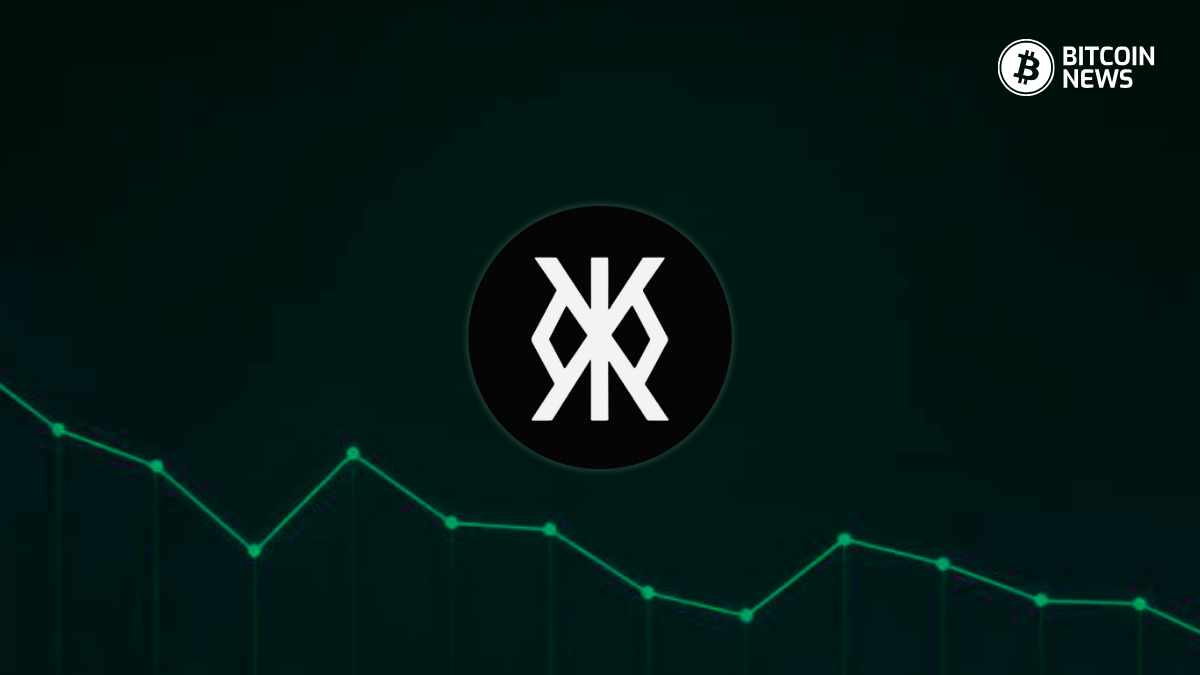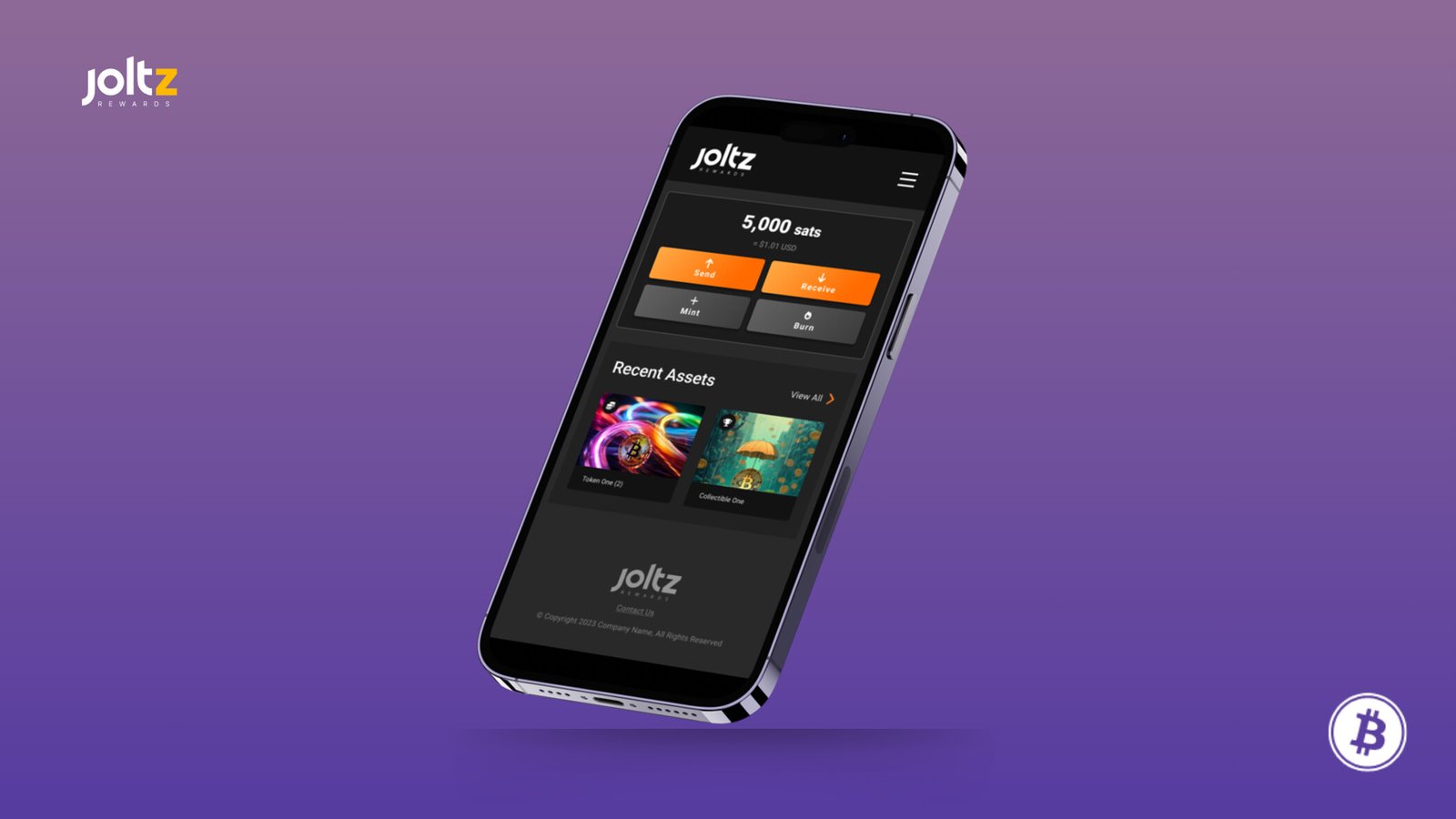Latest Articles
May 13, 12:35 pm
Hong Kong Could Become A Gateway for Chinese Bitcoin Investors
May 13, 12:34 pm
On-Chain Activity at Record Lows: Is This the Bottom For Bitcoin?
May 13, 12:34 pm
Runes Protocol Activity Shows Dramatic Decline 20 Days After Launch
May 13, 12:33 pm
Bitcoin ‘Perfectly’ Repeats History, Analysts Signal Bullish Momentum
May 13, 12:28 pm
Ethereum vs Bitcoin: Why Bitcoin Reigns as the Soundest Money
May 13, 12:27 pm
Jimmy Zhong: Billion Dollar Popcorn Can And The Silk Road Heist
May 12, 12:25 pm
Wells Fargo Enters Bitcoin Investments Arena with $143K Allocation
Hong Kong Could Become A Gateway for Chinese Bitcoin Investors
May 13, 2024 · 3 min
On-Chain Activity at Record Lows: Is This the Bottom For Bitcoin?
May 13, 2024 · 3 min
Hong Kong Could Become A Gateway for Chinese Bitcoin Investors
May 13, 2024 · 3 min
- Editor’s Picks
Runes Protocol Activity Shows Dramatic Decline 20 Days After Launch
May 13, 2024 · 3 min
JPMorgan Invests in Bitcoin ETFs Despite CEO’s Skepticism
May 12, 2024 · 3 min
EU Regulator Eyes Bitcoin Integration in €12T Mutual Fund Market
May 11, 2024 · 3 min
Vermont Lawmakers Look to Regulate Bitcoin ATMs in the State
May 8, 2024 · 3 min
Hong Kong Bitcoin ETFs Might Become Available to Chinese Investors
May 7, 2024 · 3 min
Peter Brandt Backs Saylor: “Bitcoin is Trade of a Lifetime”
May 6, 2024 · 3 min
Grayscale Bitcoin ETF Witnesses First Inflow Day Since Debut
May 5, 2024 · 3 min
Pension Funds Increasingly Eyeing Bitcoin Investments: Fidelity
May 4, 2024 · 3 min
Jack Dorsey’s Block Under Federal Scrutiny Over Regulatory Compliance
May 3, 2024 · 3 min
Bitcoin Starts May with Bloodbath, Is The Bottom In?
May 2, 2024 · 3 min
Media Partners
We’re a Bitcoin-focused media outlet reporting on breaking news and updates. Our mission is to promote education and awareness by sharing accurate market news to help accelerate adoption.
We’re a Bitcoin-focused media outlet reporting on breaking news and updates. Our mission is to promote education and awareness by sharing and honest and accurate market news to help accelerate adoption.
























